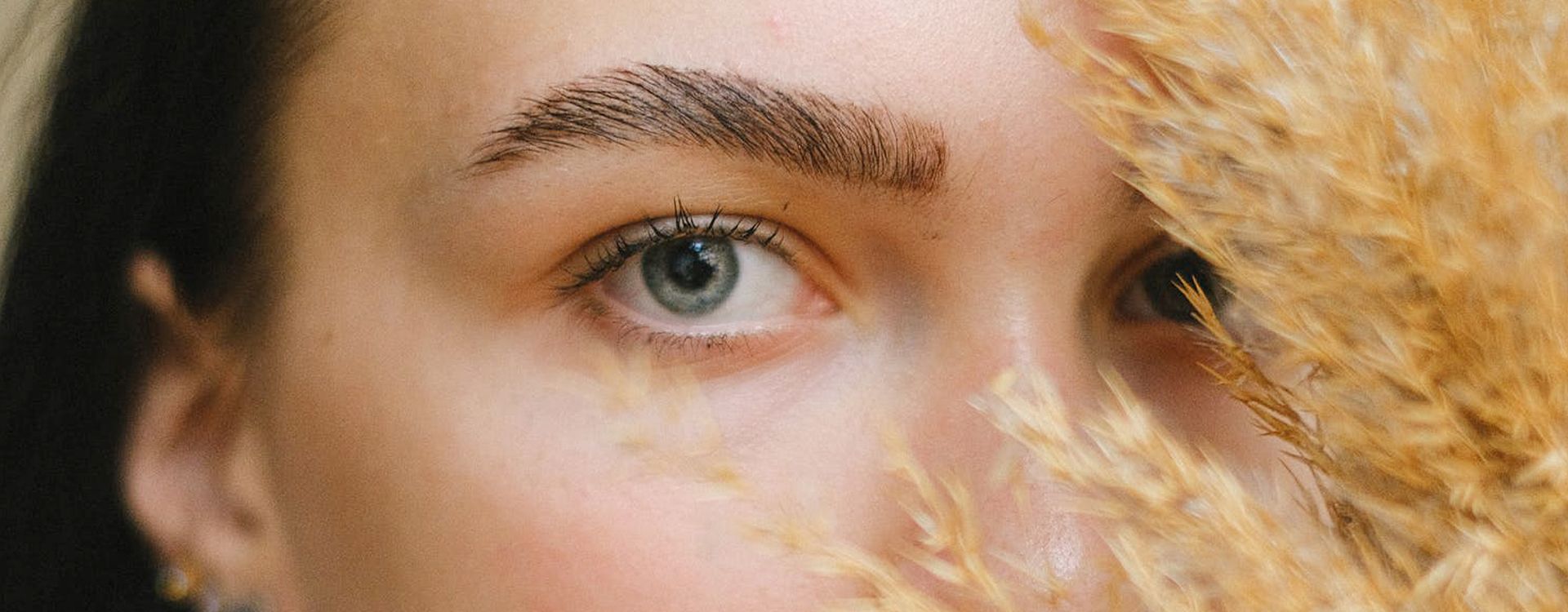Dry eyes: symptoms, causes and treatments
Red eyes, a stinging sensation, eye strain... dry eyes can be uncomfortable and painful. Find out more about the right treatments, good practices and solutions.
Do you feel like you have sand in your eyes or a burning sensation? It may be dry eye syndrome.
Dry eye is a condition in which there is a decrease in the production of tear fluid or an increase in its evaporation. This results in damage to the conjunctiva and cornea, which can lead to various disorders.
L’œil est recouvert d’un film lacrymal qui empêche le contact direct de l’air avec ses couches externes. Ce film a pour fonction d’en humidifier la surface pour favoriser la mobilité des paupières, permettre une bonne qualité de vision et prévenir le dessèchement. Il protège des infections et des agressions extérieures (bactéries, corps étrangers…) et approvisionne les tissus en nutriments, vitamines et oxygène.
What are the typical main symptoms of dry eye?
- Sensation of a foreign body (grain of sand in the eye)
- Burning and tingling
- Feeling of dryness
- Redness of the conjunctiva
- Watery eyes in windy conditions or when there is a change in light conditions
- Redness or itching of the eyelids or eyelid margin
- Sticky eyelids when you wake up
- Eye strain
- Vision problems or blurred vision
Why do I get dry eyes?
- Tears decrease with age
Tear production generally declines as you get older. - Hormonal changes
During the menopause, the imbalance between oestrogen and androgen is a trigger for lubrication problems in the eye. - Inflammation of the eyelid margin or blepharitis
This inflammation weakens the tear film, which evaporates more quickly and causes dry eyes. - Medication
Blood pressure medication or beta-blockers, sleeping pills, psychotropic drugs and contraceptive pills can all affect tear production. - Stress causing general fatigue.
- Pre-existing conditions
Rheumatic diseases, diabetes, thyroid, liver or eyelid disorders can cause dry eye syndrome. - External aggressions
Air conditioning, dry air from heating, working on a screen, dust, or fumes... our eyes are easily exposed to high-risk situations. Fortunately, there are solutions to suit everyone’s lifestyle. Talk to your expert optician for individual advice.
What should you do if you have dry eye syndrome?
Consult your Visilab optician as soon as the first symptoms appear. If an environmental cause is found, they can recommend specific products to relieve your symptoms. If there are pathological causes, you will need to consult an ophthalmologist, who will prescribe appropriate treatment. The important thing is to detect the causes of the disorder in time in order to avoid serious inflammation or total opacification of the cornea. In general, treatment with comfort drops or artificial tears in the form of collyrium, gel or ointment may be sufficient if dry eye syndrome is diagnosed early. Perfect hygiene of the eyelid margin is also necessary.
How can I prevent dry eyes?
For good visual health, it is essential to avoid harmful environments (air-conditioned or overheated rooms, cigarette smoke, etc.) as much as possible and to take simple steps. For example, reducing screen time and wearing glasses with a blue light filter when working on a computer can provide considerable relief for your eyes and reduce eye strain. A good diet rich in vitamins also contributes to the well-being of the eyes. Little exercises for the eyes can even help you to see more clearly and feel more relaxed.
Can you continue to wear your contact lenses?
Dry eye syndrome does not necessarily mean you have to stop wearing contact lenses. Talk to your ophthalmologist or Visilab optician. Did you know that there are contact lenses specially designed for dry eyes? They keep your eyes moist, they are more breathable, and they offer extra comfort. In addition, there are various drops that can moisten contact lenses while you wear them to increase visual comfort.
Votre opticien-expert vous orientera vers le modèle de lentilles et les produits d’entretien adéquats et vous accompagnera également avec des contrôles réguliers, afin de s’assurer que vous portez toujours les lentilles adaptées.







